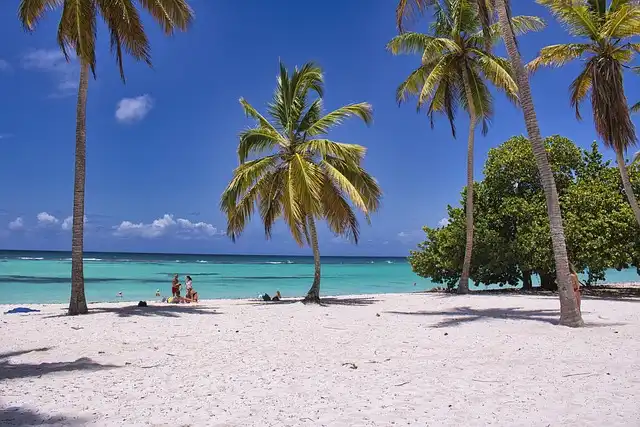Rethinking Tourism Growth: Balancing Seasonality

With Airbus and Boeing projecting a doubling of their fleets by 2040, and over half of Europe’s key airports already operating at capacity during peak seasons, the real question is: How do we sustain tourism growth in a way that works for both visitors and host communities?
For travelers, the advantages of off-peak travel are just as engaging. Think of discovering legendary sites like the Louvre or Kyoto’s holy places without the tension of groups. In the quieter low-season months, you can engage a lot more deeply with the local society, have unique experiences and gain a more accurate local color.
And it is not practically appreciating quieter spaces– taking a trip during these times usually means lower costs for flights and accommodation. With better accessibility and flexibility, vacationers can build more improving schedules and delight in better worth.
Shifting even more traveling to off-peak periods could offer significant advantages– for destinations and travelers alike.
With Airbus and Boeing projecting an increasing of their fleets by 2040, and over fifty percent of Europe’s key flight terminals already running at ability during peak periods, the genuine question is: Exactly how do we sustain tourism development in such a way that helps both site visitors and host communities?
This is why the inaugural Tourist Seasonality Summit is so prompt. It unites leaders from tourist boards, hotels, airline companies and flight terminals to share approaches and explore effective study. By gaining from one another, we can form a future where tourist benefits are shared much more uniformly throughout the year and throughout neighborhoods.
Currently, as traveling rebounds, we are faced with the same challenges yet on a possibly even higher scale, with worldwide arrivals anticipated to double by 2030.
Let’s seize this moment to reassess when, where and how we take a trip, ensuring that tourism comes to be a force for excellent– enhancing lives, securing societies and maintaining the elegance of our world for future generations.
In 2019, the globe saw a record-breaking 1.4 billion global visitor arrivals, and several locations were currently battling to handle this growth. The term “overtourism” became a buzzword, highlighting the strain on local communities and infrastructure. Currently, as travel rebounds, we are confronted with the exact same obstacles however on a possibly also higher range, with international arrivals anticipated to increase by 2030.
By advertising low-season travel, they can create a much more constant revenue stream, minimize their dependancy on peak months and maintain year-round employment. In significance, accepting low-season traveling could add to a healthier, a lot more sustainable tourist version.
It is time to redefine tourist growth. The low period ought to not be seen as a duration of downtime, however as an important opportunity to build a more well balanced, sustainable and durable tourist market. Let’s take this minute to reconsider when, where and just how we take a trip, guaranteeing that tourist comes to be a force forever– enhancing lives, safeguarding cultures and preserving the charm of our globe for future generations.
The solution lies in dealing with the issue of seasonality. Numerous locations experience disorderly, overcrowded peak seasons, complied with by an extensive reduced season with few visitors. Shifting even more travel to off-peak periods can use considerable advantages– for locations and vacationers alike.
Destinations have much to obtain by smoothing out the seasonality curve. By promoting low-season traveling, they can create a more constant revenue stream, minimize their dependancy on peak months and maintain year-round work. Local workers would no longer face the laborious cycle of being overworked for a few months and underemployed for the rest of the year.
There is also the environmental influence to consider. Less visitors throughout peak months would certainly reduce the pressure on regional sources and enable much better conservation of natural and social sites. Fundamentally, accepting low-season travel can contribute to a much healthier, more sustainable tourism design.
Understanding this change will certainly need cooperation throughout the whole tourist environment. Airline companies, for instance, can change routines and prices, while flight terminals might lower landing costs to urge off-peak flights. Hotels can redesign their offerings for the low season, developing bundles that highlight distinct experiences available just at these times.
1 billion international tourist2 international tourist arrivals
3 struggling to manage
4 tourism
« Top 10 ‘world’s coolest’ neighborhoods revealed — and the US did not fare well50 New Routes Starting In October 2024 »
